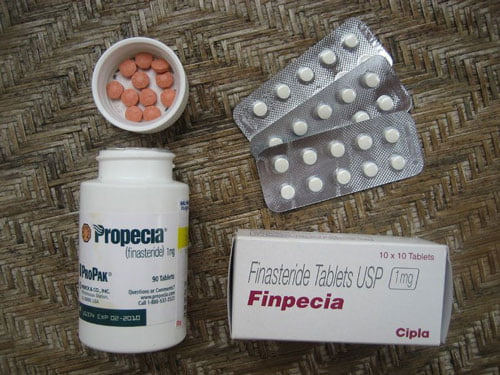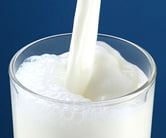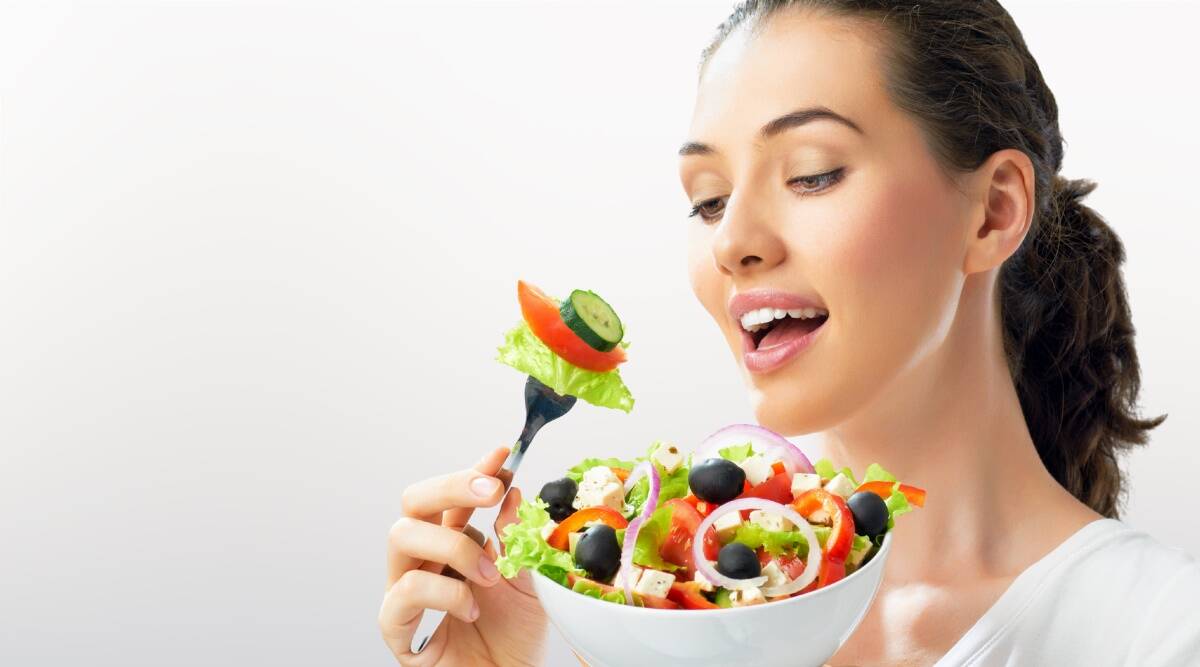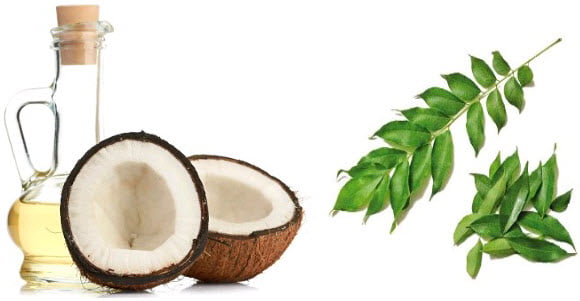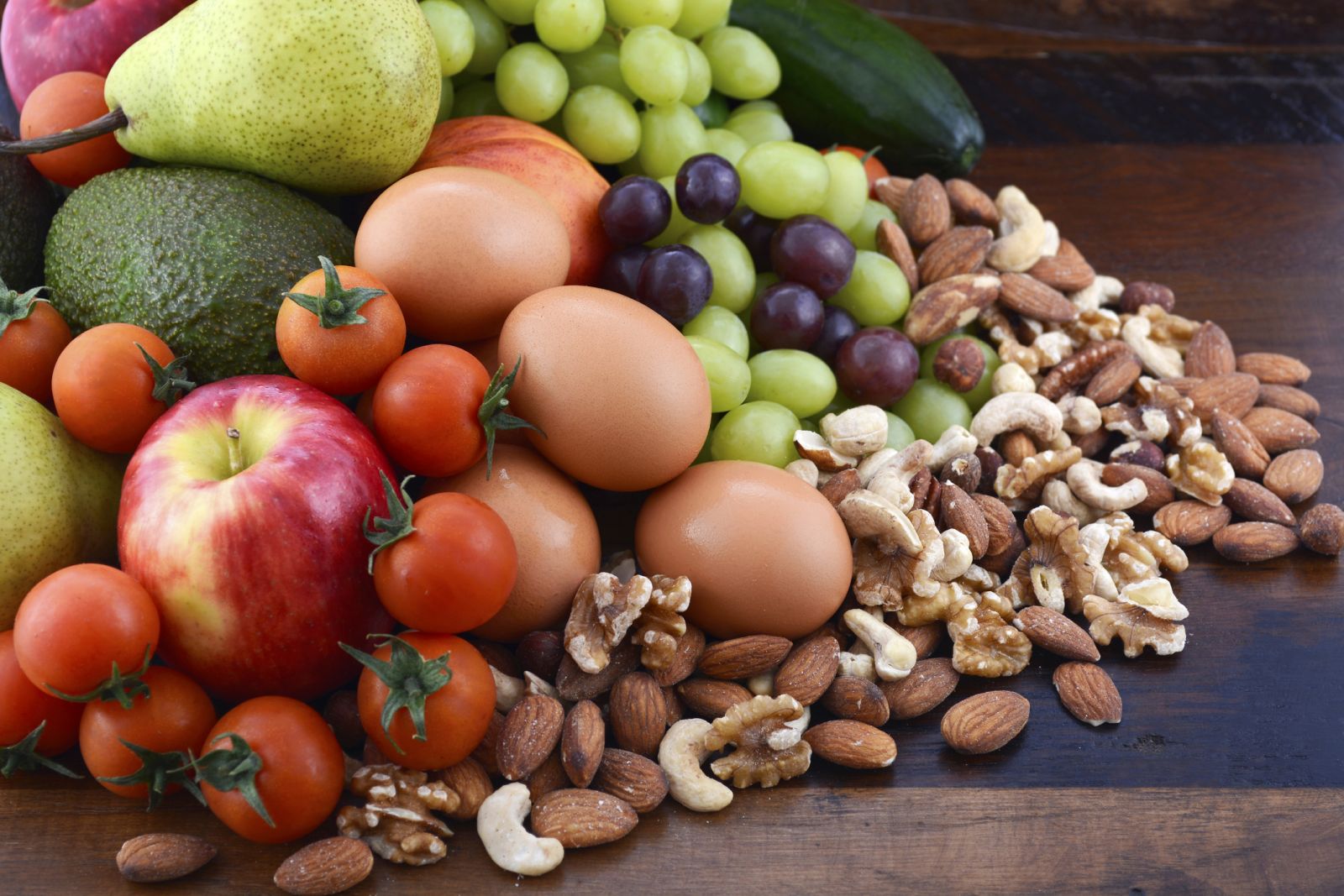
When it comes to carbohydrates, it seems we have built too many pre-conceived notions. Most of them are half-truths and unfair to what is one of the major nutrients our body needs. Carbohydrate are one of the three macronutrients required by the body, along with proteins and fats. Carbs release sugar. Our body uses these foods to make glucose, which is your body’s main energy source. Many a times they release a lot of sugar, too rapidly, and this sudden sugar spike may upset the blood sugar levels in the body which could be a risky affair for diabetics or those looking to lose weight. But that doesn’t mean you rule out carbs from your diet completely. You only need to eliminate the bad kinds, and load up on the good kinds. How do you distinguish between the two, you ask? Their glycemic index may help.
What is Glycemic Index?
The Glycemic Index (GI) is a relative ranking of carbohydrate in foods according to how they affect blood glucose levels. Carbs with low GI value (55 or less) are digested, absorbed and metabolised slowly and cause a gradual rise in blood glucose. Carbohydrates with a GI higher than 70 cause marked fluctuations in the blood glucose levels. These abnormal fluctuations have been correlated to Type 2 diabetes. The foods are ranked on a scale from 0 to 100 as per the extent to which they raise blood sugar (glucose) levels after eating. Low GI foods are also rich in fibre which takes the longest to digest, make you feel fuller for a longer time and help control appetite. This could further help in weight management.
Macrobiotic Nutritionist and Health Practitioner Shilpa Arora Lists Down 10 Low GI Foods that you must have as part of your daily diet.
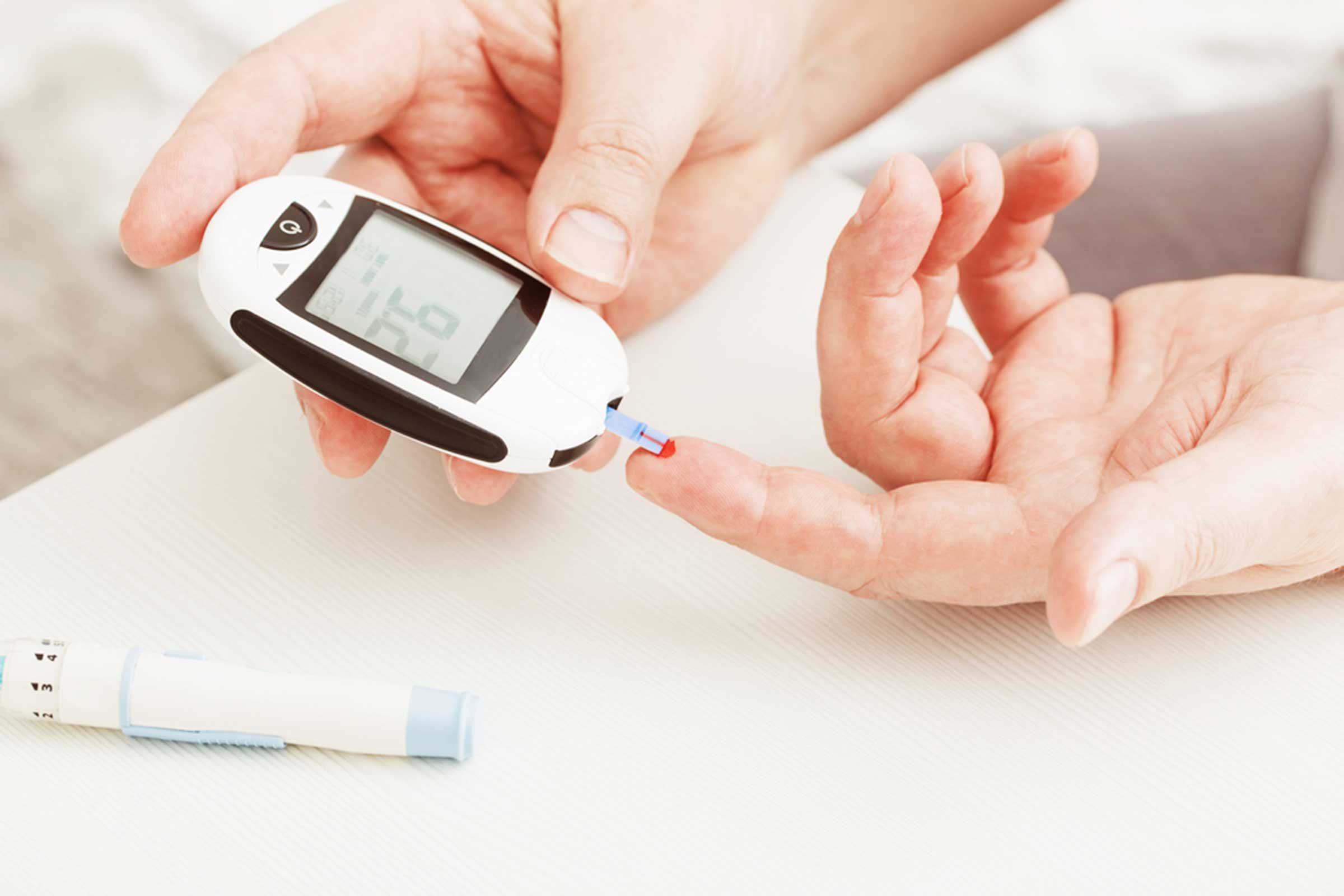
The Glycemic Index (GI) is a relative ranking of carbohydrate in foods.
1. Tomato
About 140 grams of tomato has a GI of less than 15, which makes it a tremendously low GI food. And that’s not all, tomatoes could be the best bet for diabetics for their abundance in a mineral called chromium. Chromium works in keeping blood sugar levels in check. Tomatoes are also a good source of Vitamin A and Vitamin C, these two components help the body to get rid of harmful free radicals in our blood, helps boost health of skin and bones.
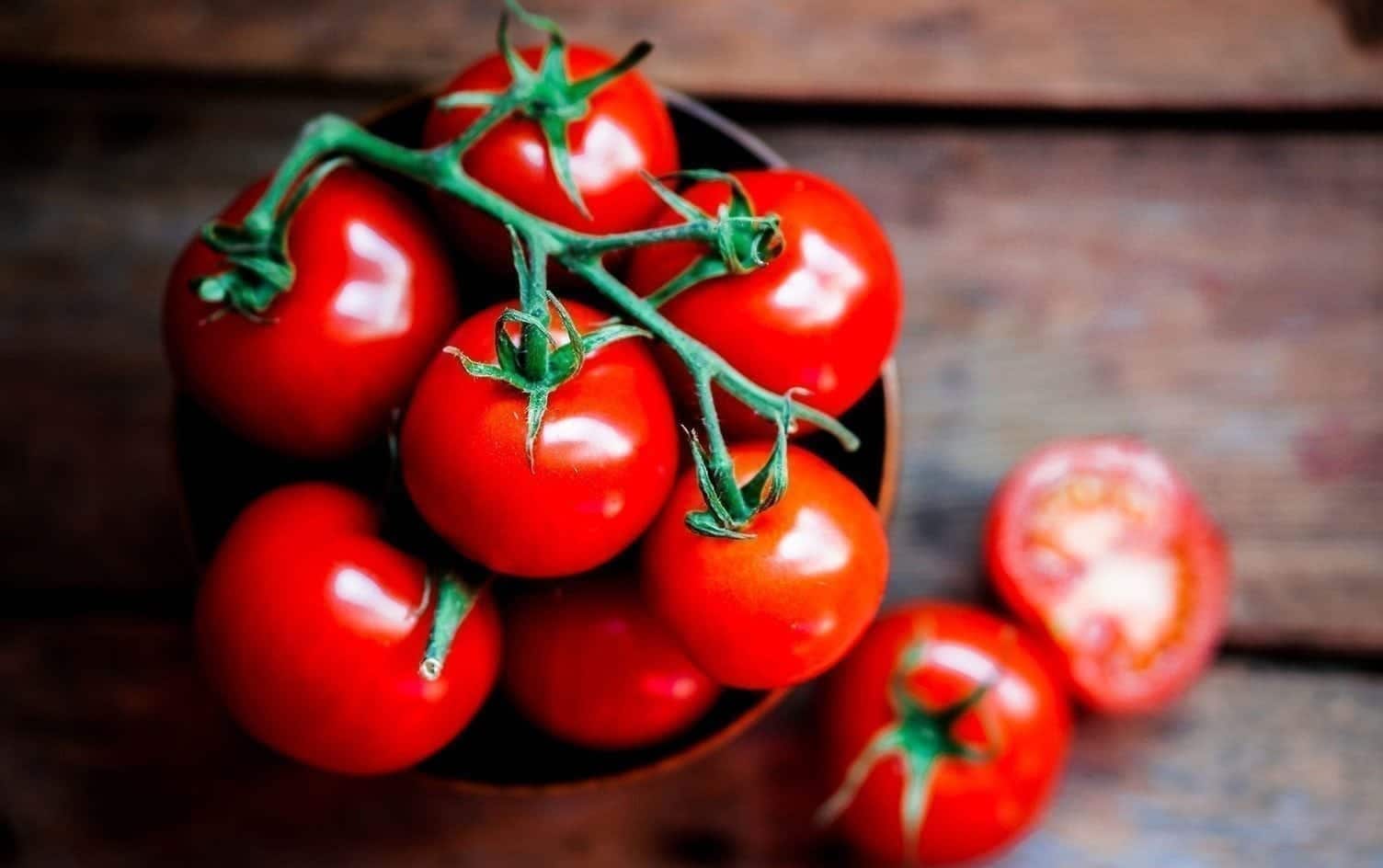
Tomatoes could be the best bet for diabetics. Photo Credit : Istock
2. Spinach
The glycemic load of a bowlful of spinach is almost zero, which means it can do wonders for people with diabetes. In addition to this, certain amino acids in spinach are useful in lowering blood pressure.Spinach is also packed with folate and iron which are the key nutrients needed during pregnancy for healthy development of the baby. Spinach is also a great source of dietary fiber, vitamins A, B, C, E and K.
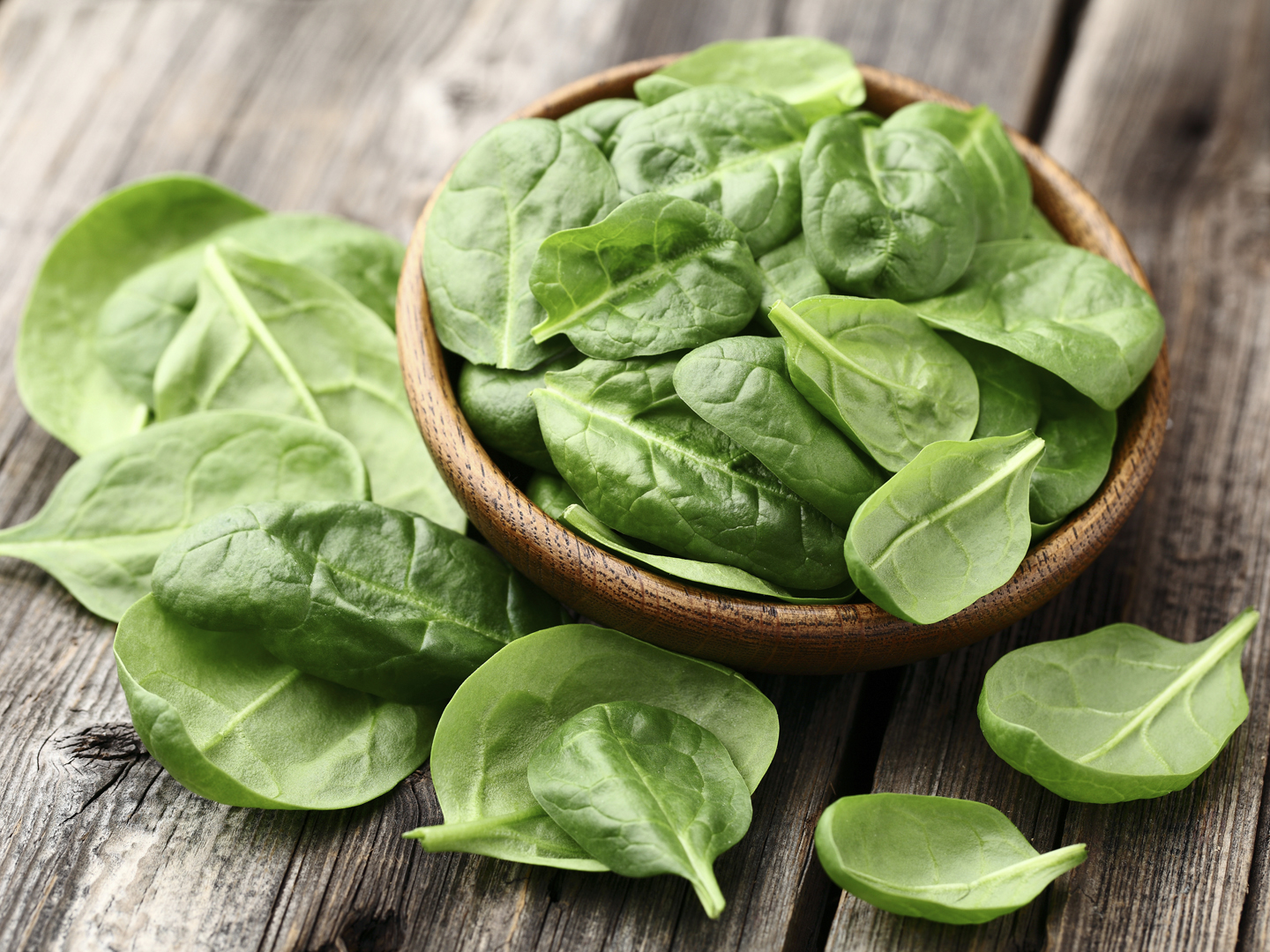
Spinach is packed with folate and iron. Photo Credit : Istock
3. Mustard Greens
Don’t miss out on this winter staple with a negligible glycemic load. Mustard greens or Sarson, is a great option for those looking to keep a check on their blood sugar levels. It is a powerhouse of antioxidants, contains Vitamin A, Vitamin C, Vitamin K and Vitamin E, along with phytonutrients such as phenols. They are also loaded with iron, calcium and good quality dietary fibre.
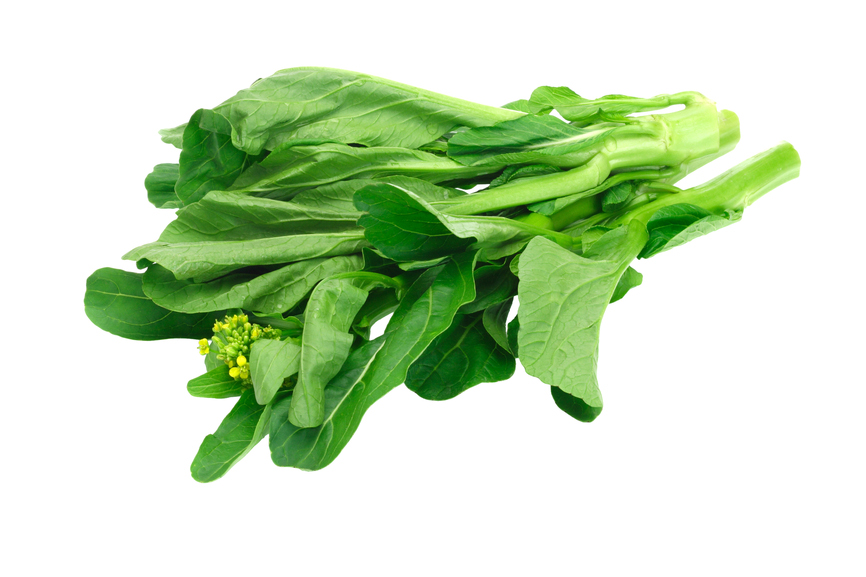
Mustard greens or Sarson, is a great option for those looking to keep a check on their blood sugar levels. Photo Credit : Istock
4. Cauliflower
Another vegetable with incredibly low GI is a cauliflower. The GI of cauliflower is calculated to be between 5 to 15. Caluliflower has properties that can prevent cholesterol and improves blood flow in the body too. The superfood is also loaded with, protein, magnesium, phosphorous, potassium, manganese. Cauliflower also has tremendous fiber content that aids the digestion process, keeps you satiated for long and helps protect the lining of your stomach.

Caluliflower has properties that can prevent cholesterol. Photo Credit : Istock
5. Raddishes
The glycemic load of one raddish is the equivalent of eating 1 gram of glucose. A rich source of Potassium, Vitamin C and fibre, radishes can be eaten in salads, soups or sneak them into your parathas and make the most of this winter vegetable.

Radishes can be eaten in salads, soups or sneak them into your parathas. Photo Credit : Istock
6. Cabbage
Cabbage has a very low GIycemic Index ranging from zero to 10. A proud member of the cruciferous family, according to the book ‘Healing Foods’, by DK Publishing, the leafy wonder, “ is known to clear blood, boost skin health, and is a remarkable remedy for ulcers. Its bitterness stimulates gastric juices to digest food more effectively, and it is also a mild diuretic.”
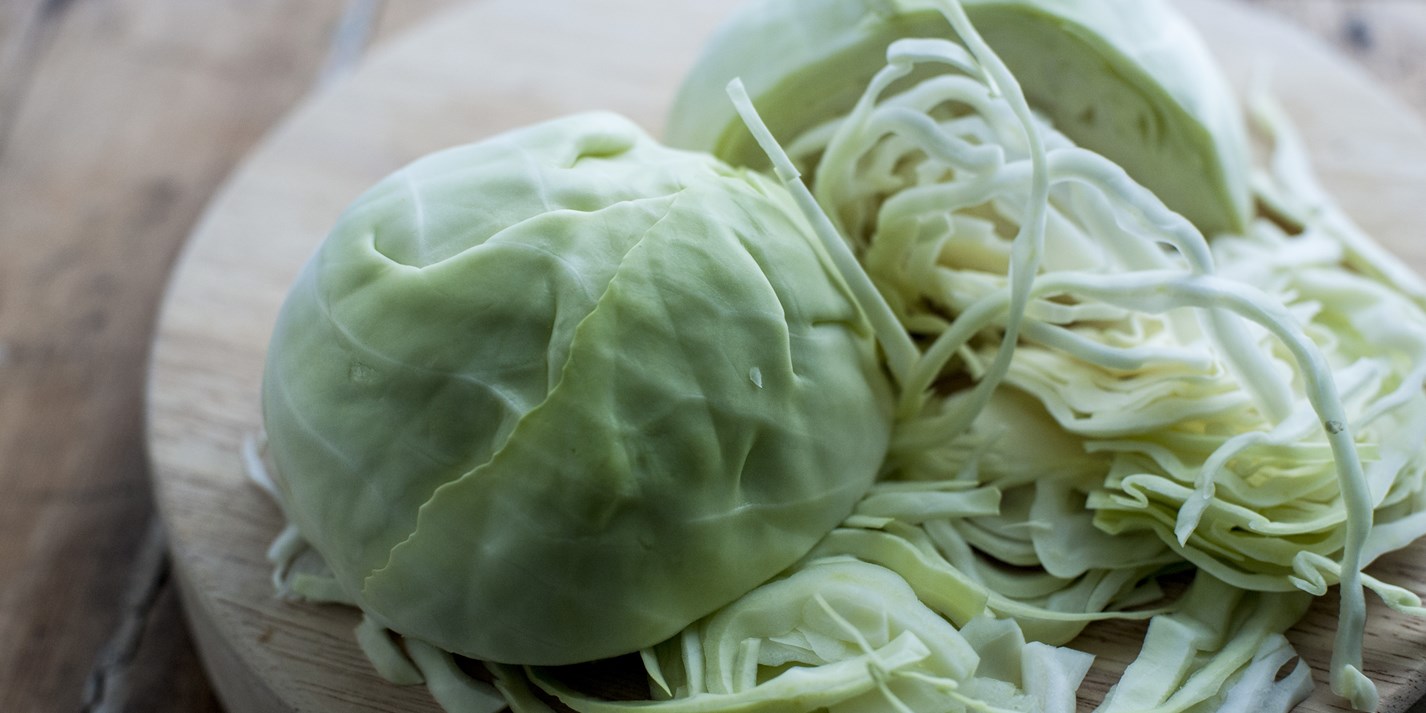
Cabbage has a very low GIycemic Index ranging from zero to 10. Photo Credit : Istock
7. Guavas
Guavas make the cut as the lowest GI fruits. Fruits contain natural sugar, and so does Guava, yet the sugar present in the guava doesn’t trigger any sugar spike because of its tremendously low GI.
Guavas make the cut as the lowest GI fruits. Photo Credit : Istock
8. Pears
With a GI score of 38, pears too prove to be a great fruit to regulate blood sugar levels. An excellent source of water soluble fibre, pears are known to boost digestion. The rich beta-carotene content, B vitamins and traces of copper, phosphorous, potassium and other minerals makes it one of the most nutritious foods.

Pears are known to boost digestion. Photo Credit : Istock
In addition to these foods and vegetables, Shilpa also says, “Ghee reduces the GI load of many foods, so it is advisable to not rule it out from the diet. Ditch refined sugars, and go for natural sweeteners like coconut sugar, which can also save you from a lot of glycemic load.” Good health is all about smart food choices. Include these low GI foods in your diet now and reap maximum benefits.
[“source=food.ndtv”]






